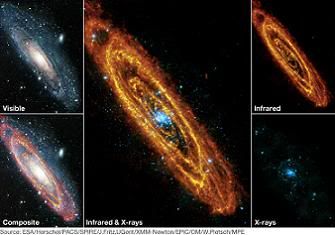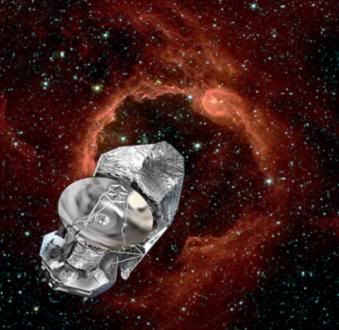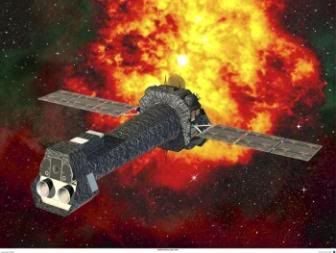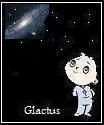Post by glactus on Jan 6, 2011 11:02:41 GMT

Andromeda through the eyes of Herschel & XMM Newton
Two ESA observatories have combined forces to show the Andromeda Galaxy in a new light. Herschel sees rings of star formation in this, the most detailed image of the Andromeda Galaxy ever taken at infrared wavelengths, and XMM-Newton shows dying stars shining X-rays into space.

Herschel space observatory
During Christmas 2010, ESA's Herschel and XMM-Newton space observatories targeted the nearest large spiral galaxy M31. This is a galaxy similar to our own Milky Way - both contain several hundred billion stars, and shows clearly that more stars are on their way.

XMM Newton space observatory
Sensitive to far-infrared light, Herschel sees clouds of cool dust and gas where stars can form. Inside these clouds are many dusty cocoons containing forming stars, each star pulling itself together in a slow gravitational process that can last for hundreds of millions of years.
Once a star reaches a high enough density, it will begin to shine at optical wavelengths. It will emerge from its birth cloud and become visible to ordinary telescopes.
Many galaxies are spiral in shape but Andromeda is interesting because it shows a large ring of dust about 75 000 light-years across encircling the centre of the galaxy. Some astronomers speculate that this dust ring may have been formed in a recent collision with another galaxy.
To chart the lives of stars, we need to see it all and that is where Herschel and XMM-Newton are such a wonderful combination.

Andromeda
Credits: these are ESA images.
This is part text only. See full text and all scientists involved at Space Daily.com
www.spacedaily.com/reports/Andromeda_Once_And_Future_Stars_999.html


